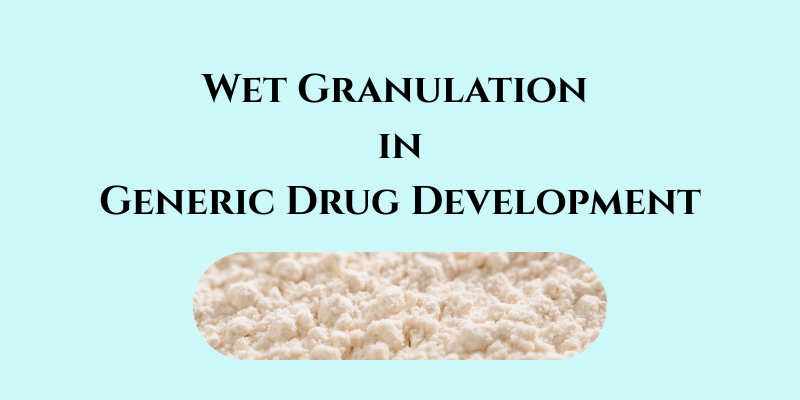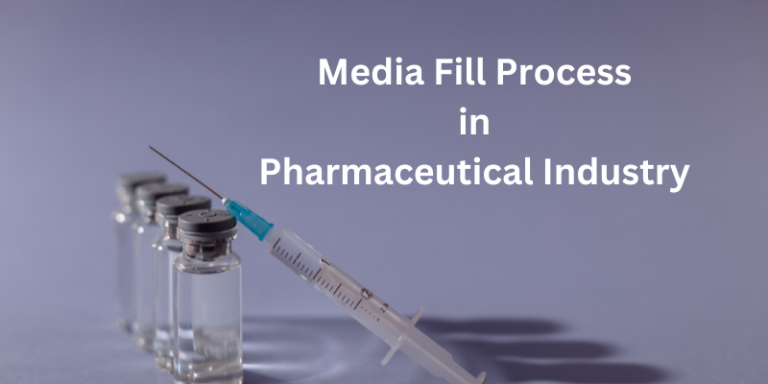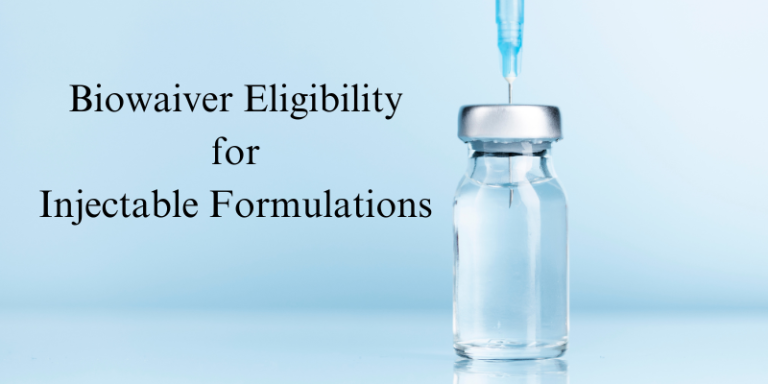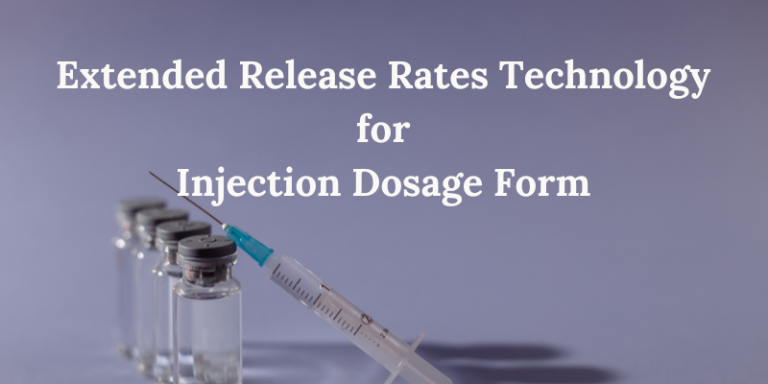Wet Granulation in Generic Drug Development: A Practical and Scalable Approach
In the development of oral solid dosage forms, particularly generics, wet granulation remains one of the most reliable and scientifically justified approaches. It offers superior compressibility, flow properties, and batch reproducibility—especially when dealing with challenging APIs like Metformin and Famotidine.
Formulation Case Study: Metformin and Famotidine Tablets
An optimized wet granulation approach is demonstrated in the formulation of:
- Metformin 850 mg
- Famotidine 750 mg
The entire formulation uses only three excipients, broken down as follows:
- Strong binder: 2–5%
- Super disintegrant: ±4%
- Lubricant: ±0.8%
Advantages of High Shear Granulators
High shear granulation technology provides the following benefits:
- Processes a wide variety of active pharmaceutical ingredients (APIs), including those with poor flow properties.
- Enables the production of dense, uniform granules ideal for compression.
- Offers shorter processing times due to efficient granule formation.
- Supports reproducible granulation endpoints through torque or spray control systems.
- Produces a narrow particle size distribution, which improves blend uniformity and content consistency.
These features make high shear granulation highly suitable for both development and scale-up phases in generic manufacturing.
Disadvantages to Consider
- Higher batch-to-batch variability when compared to direct compression.
- Greater equipment and operational cost for initial setup.
- Reduced flexibility in processing low- or high-density actives or excipients.
Five Essential Excipient Functionalities in Wet Granulation
A robust wet granulation design typically includes:
- Diluent or bulking agent: e.g., lactose, mannitol, lactitol
- Granulating solution (with or without binder): e.g., Povidone K-30/90 (PVP), hydroxypropyl cellulose
- Intragranular disintegrant: e.g., microcrystalline cellulose (MCC), sodium starch glycolate (SSG)
- Extragranular glidant or disintegrant: added during final blending to improve powder flow or disintegration
- Single or dual lubricant system: to improve tablet ejection and reduce tooling wear
These components are usually combined in three to four key manufacturing steps, enabling both product performance and process scalability.
Design Targets for Ideal Granules and Tablets
- Compressibility: Granules must compress smoothly with minimal capping or lamination.
- Flow: Superior flowability is needed for die filling consistency at higher tablet press speeds.
- Disintegration: Between 5–15 minutes is preferred for immediate-release dosage forms.
- Hardness: Targeted between 8–18 Strong Cobb Units (SCU), depending on the formulation.
- Dissolution: Designed to exceed the API’s solubility profile under compendial conditions.
- Thickness: Tablet thickness is controlled between ±2.5 mm and 8.0 mm based on weight.
Read also:
Resource Person: Moinuddin syed. Ph.D, PMP®







